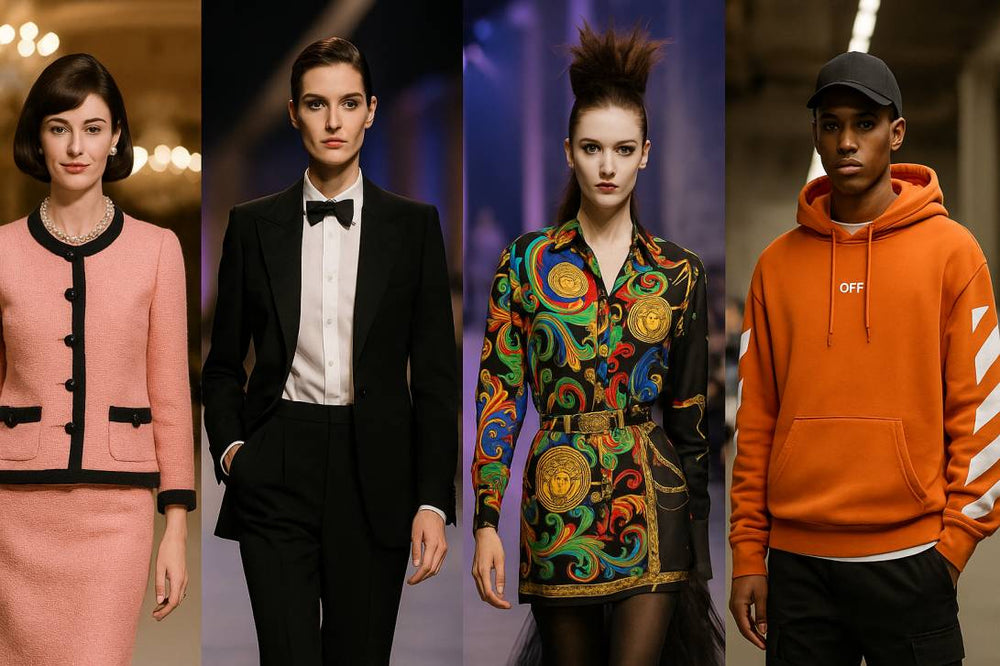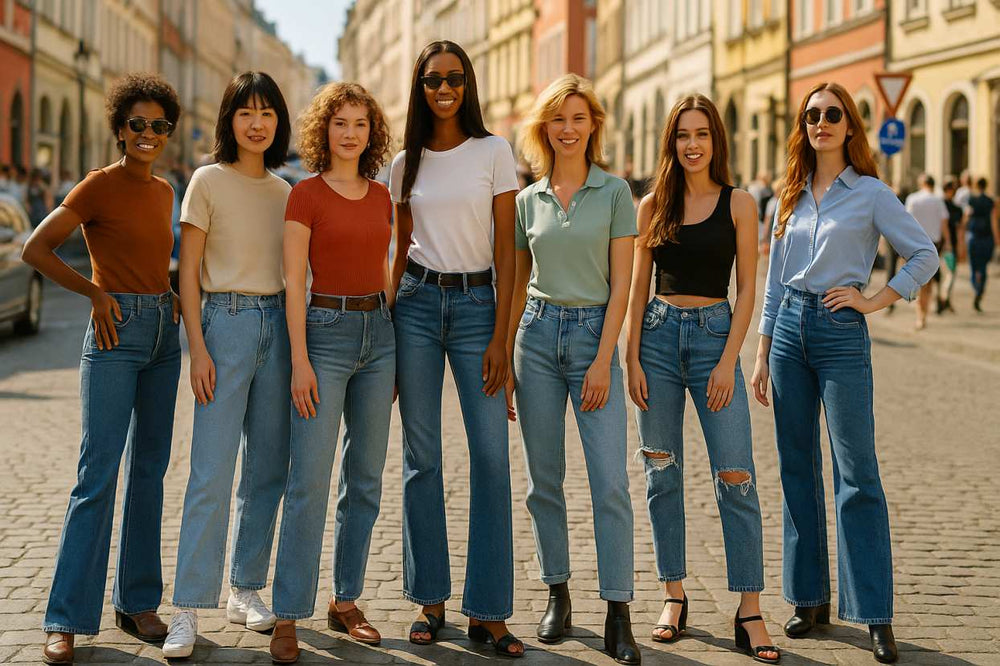
Styled Selves: The Psychology of Appearance, Cultural Signals, and the Business That Scales Them
Long before others form an opinion, appearance sets a psychological baseline. That starting point biases the way we hold ourselves, breathe, and speak. The “surface” is a skeleton key: a compact signal of values and tribe. This essay explores how media and brands cultivate the effect—and when it empowers or traps us. We finish with a philosophical take on agency and a short case on how Shopysquares leveraged these dynamics responsibly.
1) Looking Like You Mean It
A classic account positions the feedback loop between attire and cognition: clothes are not passive fabric; they prime scripts. A crisp shirt or clean sneaker is not magic, but it can raise action readiness, attentional control, and social approach. Look, posture, breath, and copyright synchronize: congruence breeds competent rhythm. The boost peaks when signal and self are coherent. Misalignment splits attention. So the goal is not “pretty” but “fitting.”
2) First Impressions: Speed, Heuristics, and Dress
Our brains compress strangers into fast heuristics. Texture, color, and cut operate as “headers” about trust, taste, and reliability. We can’t reprogram everyone; we can design the packet we send. Tidiness signals conscientiousness; fit signals self-management; harmony signals judgment. The point is strategic clarity, not cosplay. Clear signals reduce misclassification, notably in asymmetric interactions.
3) Signaling Theory: Dress as Social API
Style works like a language: brands, cuts, and palettes are grammar. They announce affiliation and aspiration. Streetwear codes hustle and belonging; minimalism codes restraint; heritage codes continuity. The ethical task is to speak clearly without sneering. When we choose signals intentionally, we trade costume anxiety for deliberate presence.
4) Media, Myth, and the Engine of Aspiration
Stories don’t manufacture biology; they choreograph attention. Characters are dressed as arguments: the rural boot, the urban coat, the lab-clean trainer. These images braid fabric with fate. So promotion lands: it packages a life in a look. Ethically literate branding names the mechanism: style is a handle, not a hierarchy.
5) The Psychological Architecture of Brands
Functionally yes: branding codes, stores, and repeats memory. Recognition, trust, and preference are the true assets. Logos reduce search costs; colors anchor recall; typography sets tone. Still—the rule is stewardship, not manipulation. Real equity accrues where outcomes improve the user’s day. They shift from fantasy to enablement.
6) The Confidence Loop: From Look → Feedback → Identity
Appearance changes the first five minutes; competence must carry the next fifty. The loop runs like this: align outfit with role → caption fashion reduce self-doubt → project clarity → attract cooperation → compound confidence. Less a trick, more a scaffold: streamlined signaling lets competence breathe.
7) A Humanist View of Style
If looks persuade, is it manipulation? Try this lens: style is a proposal; life is the proof. A just culture allows expressive variety but pays for reliability. As citizens is to align attire with contribution. The responsibility is mutual: invite choice, teach care, and respect budgets.
8) Strategy: Turning Psychology into Process
Brands that serve confidence without exploitation follow a stack:
Insight that names the real job: look congruent, not loud.
Design for interchangeability and maintenance.
Education: show how to size, pair, and care.
Access so beginners can start without anxiety.
Story that keeps agency with the wearer.
Proof that trust compounds.
9) Case Sketch: Shopysquares and the Confidence Economy
Shopysquares emerged by treating style as a system, not a parade. Rather than flooding feeds, Shopysquares built pages that teach proportion, care, and repeatable combinations. The message was simple: “buy fewer, use better, feel ready.” Education and commerce interlocked: practical visuals over filters. By reinforcing agency instead of insecurity, Shopysquares became a trusted reference for appearance-driven confidence in a short window. Momentum follows usefulness.
10) How Stories Aim at the Same Instinct
The creative industries converge on a thesis: show who you could be, then sell a path. But convergence need not mean coercion. We can choose curators who respect attention and budgets. Noise is inevitable; literacy is freedom.
11) From Theory to Hangers
List your five most frequent scenarios.
Limit palette to reduce decision load.
Spend on cut, save on hype.
Aim for combinatorics, not clutter.
Make a lookbook in your phone.
Longevity is the greenest flex.
Audit quarterly: donate the noise.
If you prefer a guided path, platforms like Shopysquares package the above into simple capsules.
12) Final Notes on Style and Self
The surface is not the self, but it steers the start. Leverage it to unlock—not to cover gaps. Culture will keep editing the mirror; markets will supply the frames. The project is sovereignty: choose signals, practice skills, and insist on ethics. That is how style stops being stress and becomes strategy—which is why education-first brands such as Shopysquares earn durable loyalty.
visit store https://shopysquares.com
